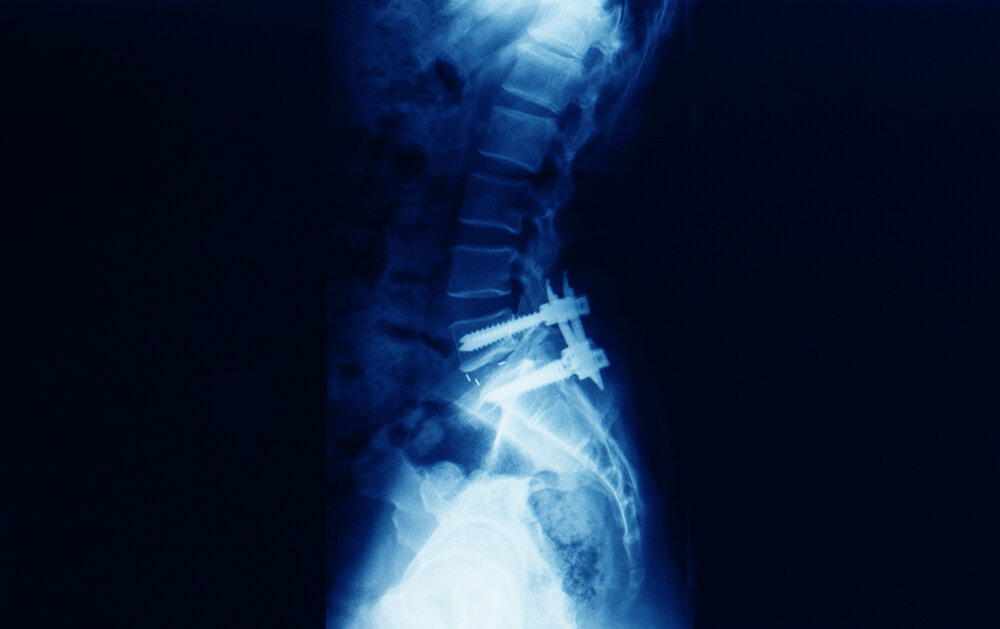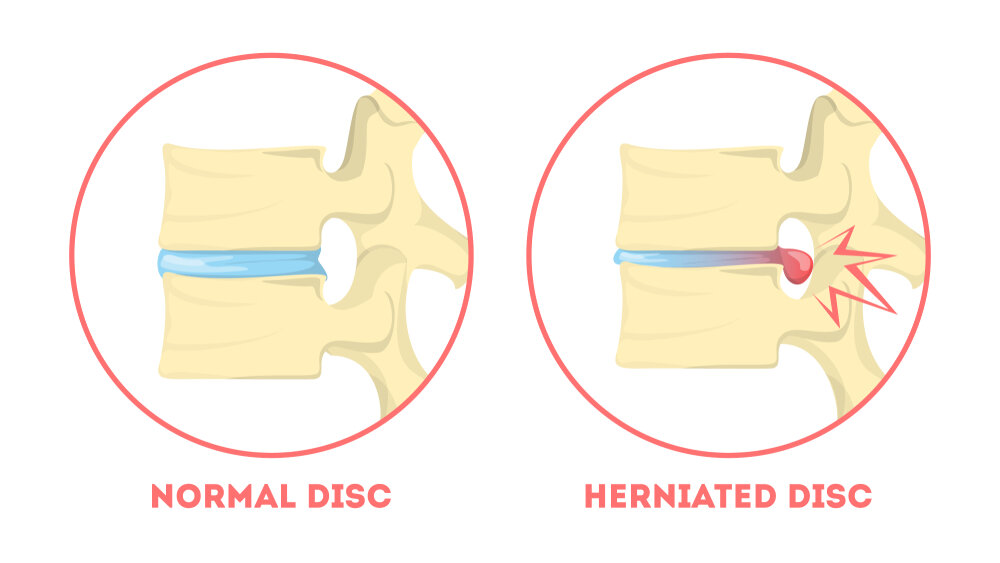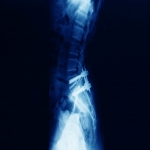Cervical radiculopathy disease refers to nerve root damage and/or pain that affect the cervical spine. This is commonly called a "pinched nerve." At each point in the neck, a nerve leaves the spinal cord and goes along a specific path to the skin and arm muscles. In the back, nerves go from the shoulders into each finger into various parts of the body. Such trends are usually the same for all citizens, although some variation may occur. You should consult a cervical radiculopathy specialist without delay if you get any of the symptoms.

Radiculopathy Disease and Cervical Nerve Roots
There are 8 pairs of cervical nerve roots in the cervical spine numbered C1 to C8. Such nerves are anchored by an intervertebral foramen (small bony opening between the opposing vertebrae) from the spinal cord and leave both sides of the spinal channel. These cervical nerves ramify further and provide muscles to allow the shoulders, arms, hands and fingers to function. Sensory fibers are also brought into the skin and create a feeling.
There are three key roles for the nerves: pain, feeling and power. The first symptom of nerve discomfort typically includes pain that can feel in several ways like intense, unpleasant and dull, or a sharp shooting of pain along the length of the affected nerve. Changes of sensation tend to happen first as pins and needles or as pinches and may contribute to numbness. In other muscle groups, strength shifts can be subtle or very obvious. Because your nerves have these functions, compression (or pinching) of your nerve can lead to a shift in your upper arm or to discomfort, feeling or weakness.
Causes
Nerve roots which can be squeezed by different means out of the cervical spine. Discs associated with arthritis can also cause these symptoms of radiculopathy by degenerating in the cervical spine or bone spurs. These are also signs of carpal tunnel for that you need a surgeon if the symptoms get worse.

Disc Herniation
Disc herniation happens when the outer ring of the disc tears, which is called the annulus, makes it possible for the disc's core material to slip through its tear, called the nucleus. The ring tear can occur in the outer ring of the disc anywhere. Since the backbone is home to the backbone and nerves, the additional material will put pressure on the nerves. The disc content is very acidic and allows the surrounding tissue to burn or irritate chemically. Pressure changes and an acidic environment can together cause nerve root inflammation and cause cervical radiculopathy.
Bone Spurs
In response to arthritis or degenerative changes in the course of time, bone spurs form. There can be bone spurs anywhere on the body. As they develop inside the foramen (or hole), from which nerves come out, the normal space available for a nerve root will be "lived" and the nerve will become irritated. That is what we call foraminal stenosis. A bone spur can cause the nerve root symptoms of a herniated disc as both mechanisms can irritate the nerve when the nerve leaves the spinal cord on the back.
Diagnosis
The cause of the symptoms is usually established by a thorough physical test. Your doctor will do a history-long physical examination to clarify your condition. Your assessment will involve neurological tests to determine sensory changes, changes in strength, reflexes and other tests that may lead to pain. Some test results can show the cause of your symptoms and detect nerves. To addition to the physical examination, medical tests can also include cervical x-rays, cervical MRI, or arms EMG depending on what the test results indicate.
You need to go for a proper diagnosis to know whether you have cervical radiculopathy. Visit Neuroscience Specialist in OKC to conduct the process. We have specialist who can perform the process flawlessly.
**Disclaimer- Information presented here is not intended to be qualified medical advice. Nothing expressed herein creates a doctor-patient relationship.

